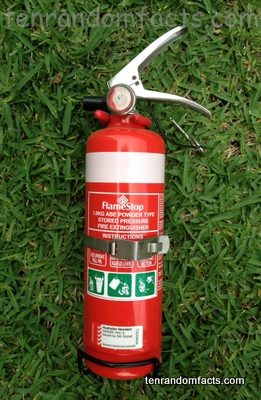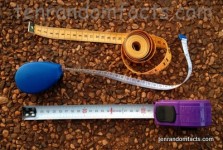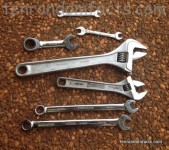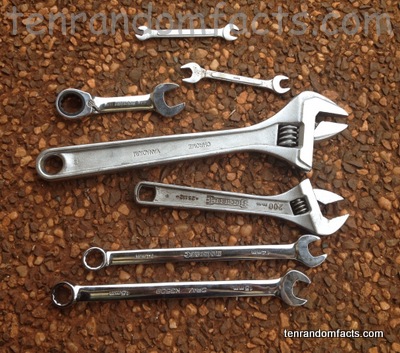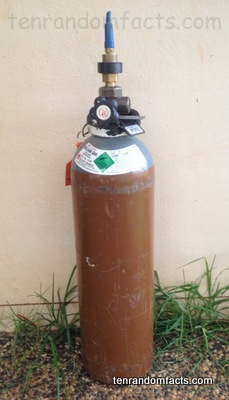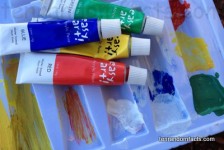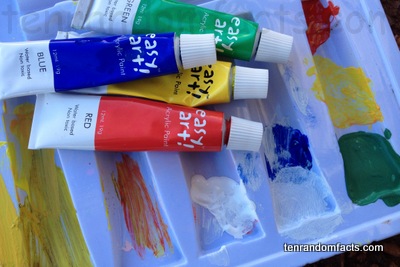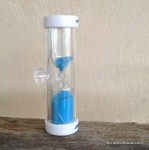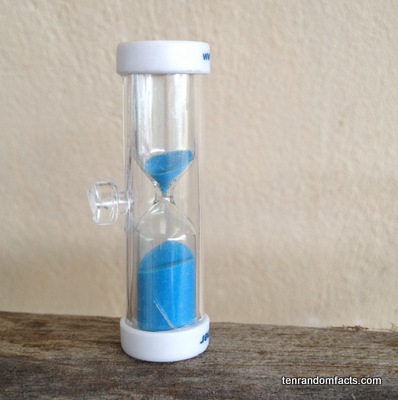
Fire extinguishers can save lives…
- Fire extinguishers are emergency items used in the case of a small fire.
- ‘Fire extinguishers’ are also known as ‘extinguishers’.
- Fire extinguishers are typically in the form of a cylindrical container that is generally red in colour for high visibility, with squeeze style handles to release the contents.
- Fire extinguishers contain a fire extinguishing substance and a pressurised agent as the propellant, and can be handheld or on wheels with different extinguishers used for different fire types.
- Handheld fire extinguishers are typically 0.5 to 14 kilograms (1.1 to 30.9 pounds) in weight.
- The earliest known and patented fire extinguisher was invented by Ambrose Godfrey, a German chemist, in 1723 in England, and used gunpowder and fuses for expelling the liquid.
- The first modern style portable fire extinguisher, a copper container filled with potassium carbonate and pressurised air, was invented by George William Manby, a British captain, author and inventor, between 1810 and 1820.
- Fire extinguishers typically contain substances of either water, dry chemicals, wet chemicals, foam or carbon dioxide to extinguish fires.
- Fire extinguishers are typically found in public and commercial buildings, houses, and land water and air vehicles.
- Fire extinguishers should be periodically checked and maintained, as damage can cause incorrect discharge and ruptures that lead to deaths and explosions.
Bibliography:
Fire Extinguishers, 2014, Wikipedia, http://en.wikipedia.org/wiki/Fire_extinguisher
History of Fire Extinguishers, 2011, Fire Safety Advice Centre, http://www.firesafe.org.uk/history-of-fire-extinguishers/




